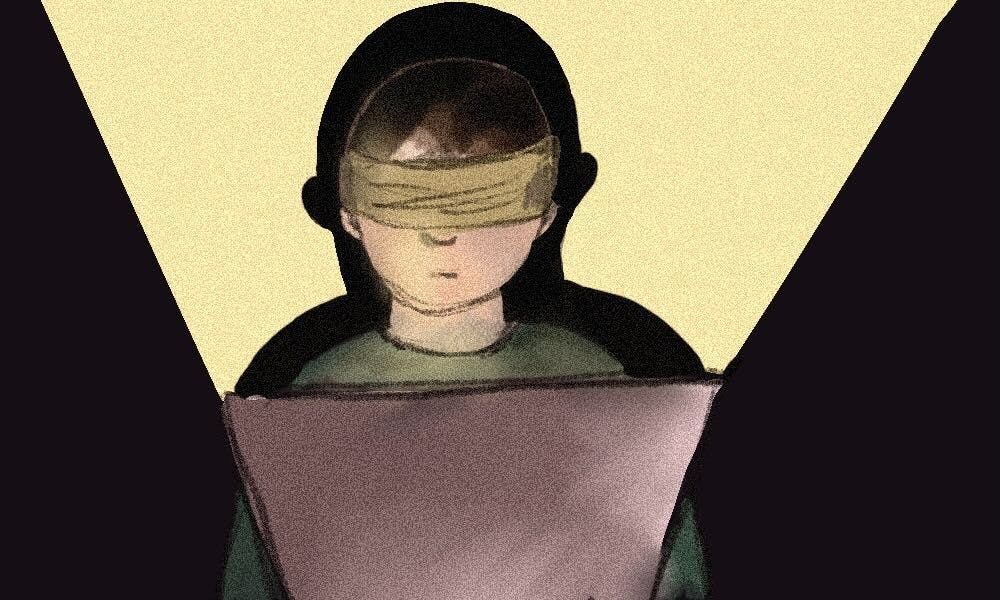Ask yourself this question: which app on your phone has most likely provided you with the greatest volume of news? There’s a chance that a lot of the time, when you’re not on the all–inclusive News app, you'll get your breaking news from a sudden tweet or a mutual friend’s Instagram story. In the digitized, fast–paced world we live in, it’s highly efficient to gather global facts and news updates from the engaging platforms at our fingertips. We rely on the reposted infographics and the social media headlines when we have no time to sit down on the couch and watch BBC or read the Philadelphia Inquirer.
This isn’t necessarily the worst way to get news, but the difference is very clear: more often than not, your social media headlines are not fact–checked and our reliance on this era of “quick news” can be dangerous, especially in how they can easily propagate misinformation and fake news. Ironically, for a generation that has been slighted as “chronically online” and the most “digitally savvy” for being raised on the Internet, we are in desperate need of better media literacy to identify quality information from trustworthy sources.
Studies have shown that online falsehoods spread "faster and more broadly than the truth." In the midst of the coronavirus outbreak, The Sun, a British tabloid newspaper often recognized as one infested with falsities and rumors, published a graphic of a decade–old map depicting global air travel with the headline New map shows no country is safe from coronavirus’ deadly tentacles. The article remains, while the graphic has now been taken down, after many experts critiqued the map for being misleading and incorrect. Jarring images such as this are extremely common online, and these stories can easily spiral with one click of a retweet or share.
Tiktok creator @julesterpak brought up a similar issue of how Instagram infographics, often meant to highlight systemic social issues, perpetuate the ignorance of facts. Her Tiktok received heavily mixed reviews as she discussed the need for Gen Z to receive better digital media literacy training, by using the comparison in athlete treatment after drug and doping scandals, namely in the cases Sha’carri Richardson and Kamila Valieva. While many criticized the creator for not taking racial bias into account for the difference in consequences that the athletes faced for their positive drug tests, other commentators agree that no matter how well–marketed and designed infographics are, they are not automatically fact, and that Gen Z only reads headlines.
With the Ukraine–Russia conflict being the current most talked about global affair, the spread of facts and fabrications is inevitable. Tiktok has played a big part in Gen Z’s coverage of the issue, but rather in skirting the edges of reality and putting on a show. Many of the WarTok videos raking in millions of views haven’t even been filmed in Ukraine within the last few weeks, deflecting the solemnity of the invasion. There have also been scammers on Twitter, posting grainy video footage from “bunkers” for sympathy and tweet threads of donation links which they claim to be seeking for victims of the war. In another light, African students attempting to flee Ukraine had to fend off viral threads which insinuated that their plight was fake, highlighting how even people directly facing the force of the skirmish have had to battle misinformation in the onset of war.
The bottom line is to look elsewhere for news sources which are accurately referring to Ukraine’s (or any other dispute’s) realities, rather than platforms which make mistakes and misinformation effortlessly accessible. The contextual chaos has made it impossible, especially for those not on the frontlines or those watching the war from half the world away through a different lens, to identify what’s real and what’s not. We should dig for fact–checked sources and gather information from various media to discern the intersection in truth, while asserting the reliability of these sources and understanding the role of bias and subjectivity in reporting.
Boosting our proficiency and accountability in media literacy can only make it easier for us as consumers of news to realize the awareness and quality of the sources we resort to, which we eventually carry on with us when sharing information to others.

